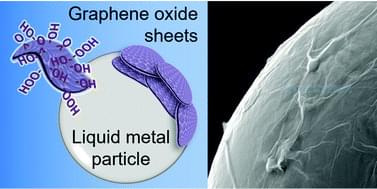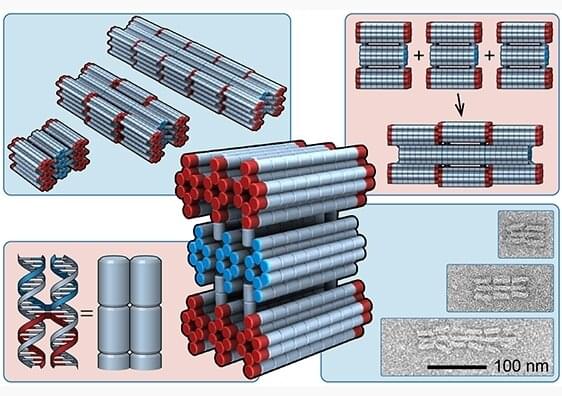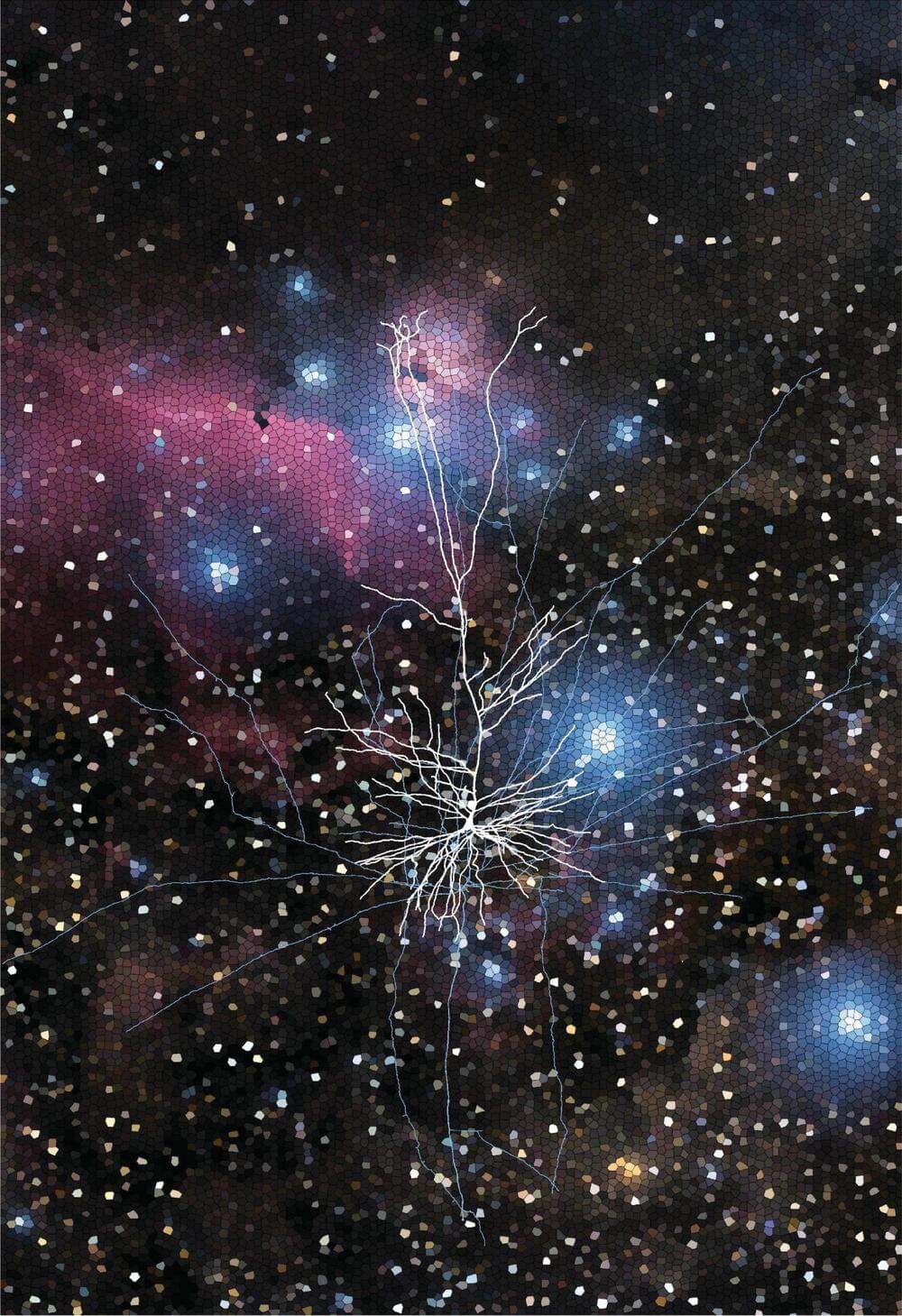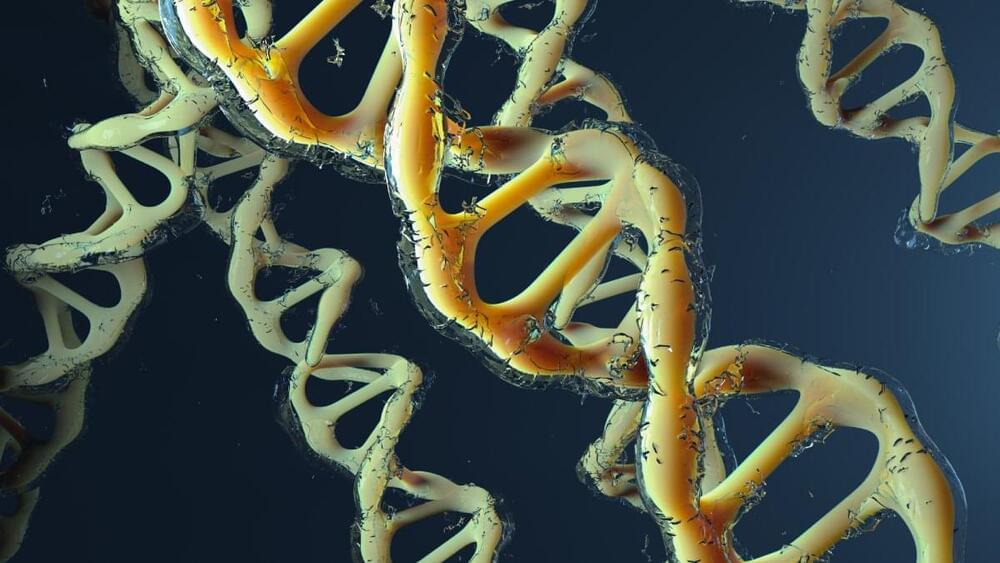Nov 21, 2022
Graphene-based encapsulation of liquid metal particles†
Posted by Quinn Sena in categories: biotech/medical, chemistry
Circa 2020 face_with_colon_three
Liquid metals are a promising functional material due to their unique combination of metallic properties and fluidity at room temperature. They are of interest in wide-ranging fields including stretchable and flexible electronics, reconfigurable devices, microfluidics, biomedicine, material synthesis, and catalysis. Transformation of bulk liquid metal into particles has enabled further advances by allowing access to a broader palette of fabrication techniques for device manufacture or by increasing area available for surface-based applications. For gallium-based liquid metal alloys, particle stabilization is typically achieved by the oxide that forms spontaneously on the surface, even when only trace amounts of oxygen are present. The utility of the particles formed is governed by the chemical, electrical, and mechanical properties of this oxide. To overcome some of the intrinsic limitations of the native oxide, it is demonstrated here for the first time that 2D graphene-based materials can encapsulate liquid metal particles during fabrication and imbue them with previously unattainable properties. This outer encapsulation layer is used to physically stabilize particles in a broad range of pH environments, modify the particles’ mechanical behavior, and control the electrical behavior of resulting films. This demonstration of graphene-based encapsulation of liquid metal particles represents a first foray into the creation of a suite of hybridized 2D material coated liquid metal particles.


















